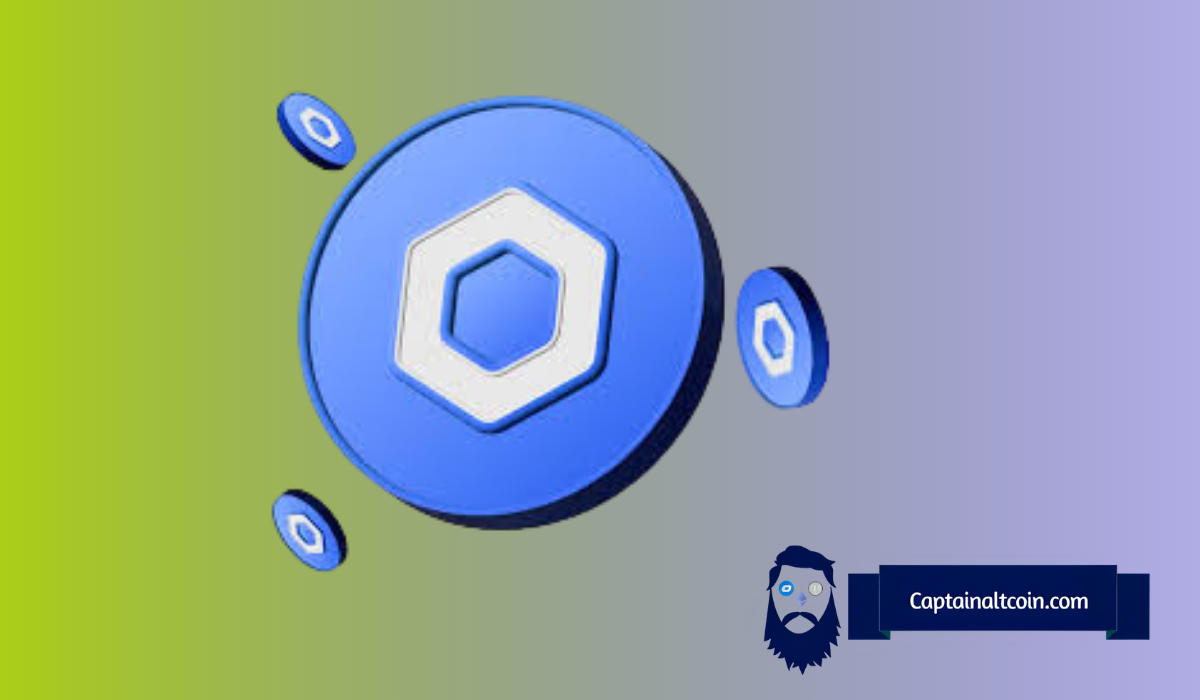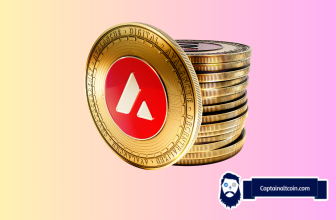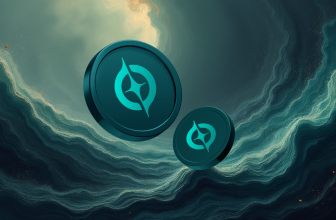
The debate over whether XRP or Chainlink is better suited for institutional adoption has been raging for years. But as tokenization of real-world assets gets closer to becoming a mainstream reality, many argue that Chainlink may actually hold the stronger position.
With major financial institutions already using its infrastructure, LINK could be the asset that benefits most when trillions of dollars move on-chain.
What you'll learn 👉
XRP vs Chainlink: Different Bets
The common pushback is that XRP and Chainlink don’t compete on the same product level, and that’s true. XRP is essentially a bet that institutions will adopt the XRP Ledger itself and potentially use XRP as a bridge currency.
Chainlink, on the other hand, isn’t tied to a single chain. It provides the infrastructure institutions need no matter which blockchain they choose.
That’s an important difference. A bet on XRP is a bet on one ledger. A bet on Chainlink is a bet on blockchains in general, public, private, or a mix of both.
Why Chainlink Matters More to Institutions
Chainlink has positioned itself as a one-stop shop for everything institutions need to bring assets on-chain. Its services go beyond price feeds and data oracles.
It connects legacy systems like Swift and DTCC to blockchain networks. It enables secure cross-chain transfers. It helps with automated compliance for regulated assets. And it provides privacy solutions for sensitive transactions between private and public chains.
These are not theoretical products. Chainlink is already securing more than $92 billion across 60+ blockchains with over 2,000 oracle networks used by 450+ applications.
Major institutions including J.P. Morgan, Swift, DTCC, Euroclear, Mastercard, UBS, Fidelity International, and even central banks are working directly with Chainlink.
Compare that to the XRP Ledger, which has about $100 million in DeFi total value locked, nearly 1,000 times less capital than Chainlink currently secures.
$LINK is in a better position than $XRP to the benefit from the coming wave of institutional blockchain adoption and trillions in assets being tokenized onchain
— Zach Rynes | CLG (@ChainLinkGod) August 17, 2025
A common response to this is "but Chainlink and XRPL don't compete 1:1 on product basis!!"
That's true but also… pic.twitter.com/b18Bm0vMrU
Why Even XRP Adoption Would Still Benefit Chainlink
Here’s the kicker: even if XRP Ledger does see adoption, Chainlink still wins. That’s because any assets tokenized on XRPL would still need Chainlink’s services to be usable. Data, compliance, and cross-chain workflows don’t work without it.
Think about it this way: XRP may get adoption as a ledger, but Chainlink provides the rails that actually make tokenized assets operational across ecosystems.
Institutions don’t want to build dozens of separate integrations. They want one modular platform that handles all of it. And that’s exactly what Chainlink is offering.
Read Also: $500 in Shiba Inu (SHIB) Today: How Much Could That Be Worth in 2040?
Margin Compression and Value Capture
Another key reason Chainlink looks stronger is the trend of margin compression in blockchain networks. Blockspace is becoming commoditized. Gas tokens are being abstracted away. Transaction ordering value (MEV) is moving up the stack.
That means value capture is shifting from the base blockchain layer to the infrastructure and applications that sit above it. And Chainlink lives right at that layer, orchestrating multi-chain, multi-asset, multi-system transactions with embedded compliance and connectivity.
Chainlink also monetizes its services directly through enterprise deals and its Scale program, which fuel buybacks for the LINK token and grow the Chainlink Reserve.
XRP, by comparison, still largely relies on the “bridge currency” thesis, which is demand neutral, since every buy is followed by a sell.
Why Chainlink Could Outshine XRP
At the end of the day, Ripple’s XRP big hope is that it becomes the world’s reserve bridge currency. But with stablecoins, tokenized RWAs, and Chainlink’s cross-chain payment workflows, there’s simply less need for a middleman token.
Chainlink doesn’t care which blockchain institutions choose. It doesn’t care if they use XRP, Ethereum, or a private chain.
It still provides the services that make those networks functional for large-scale adoption. That’s why many believe LINK, not XRP, is in the better position to capture the trillions in assets set to move on-chain.
Subscribe to our YouTube channel for daily crypto updates, market insights, and expert analysis.








